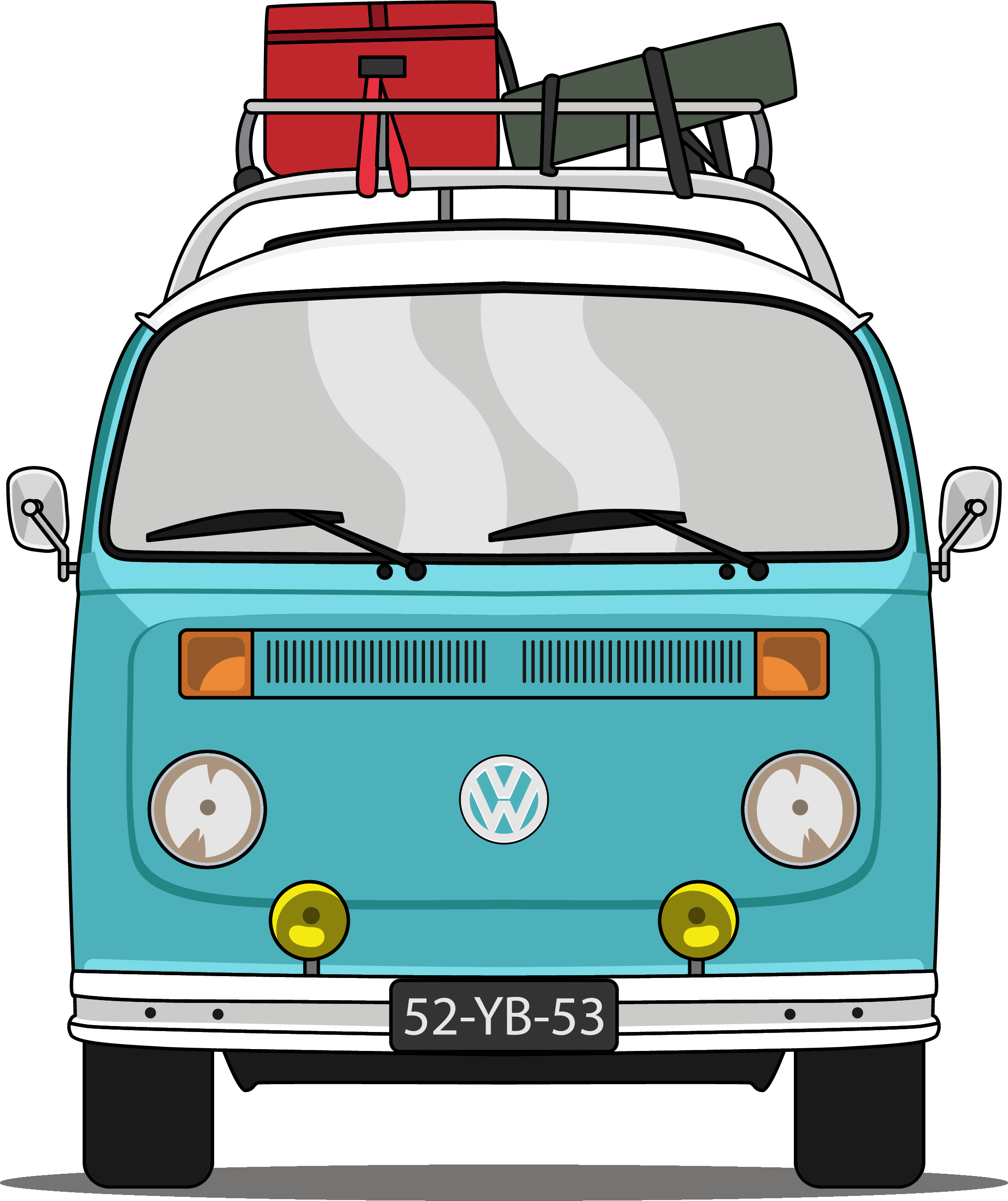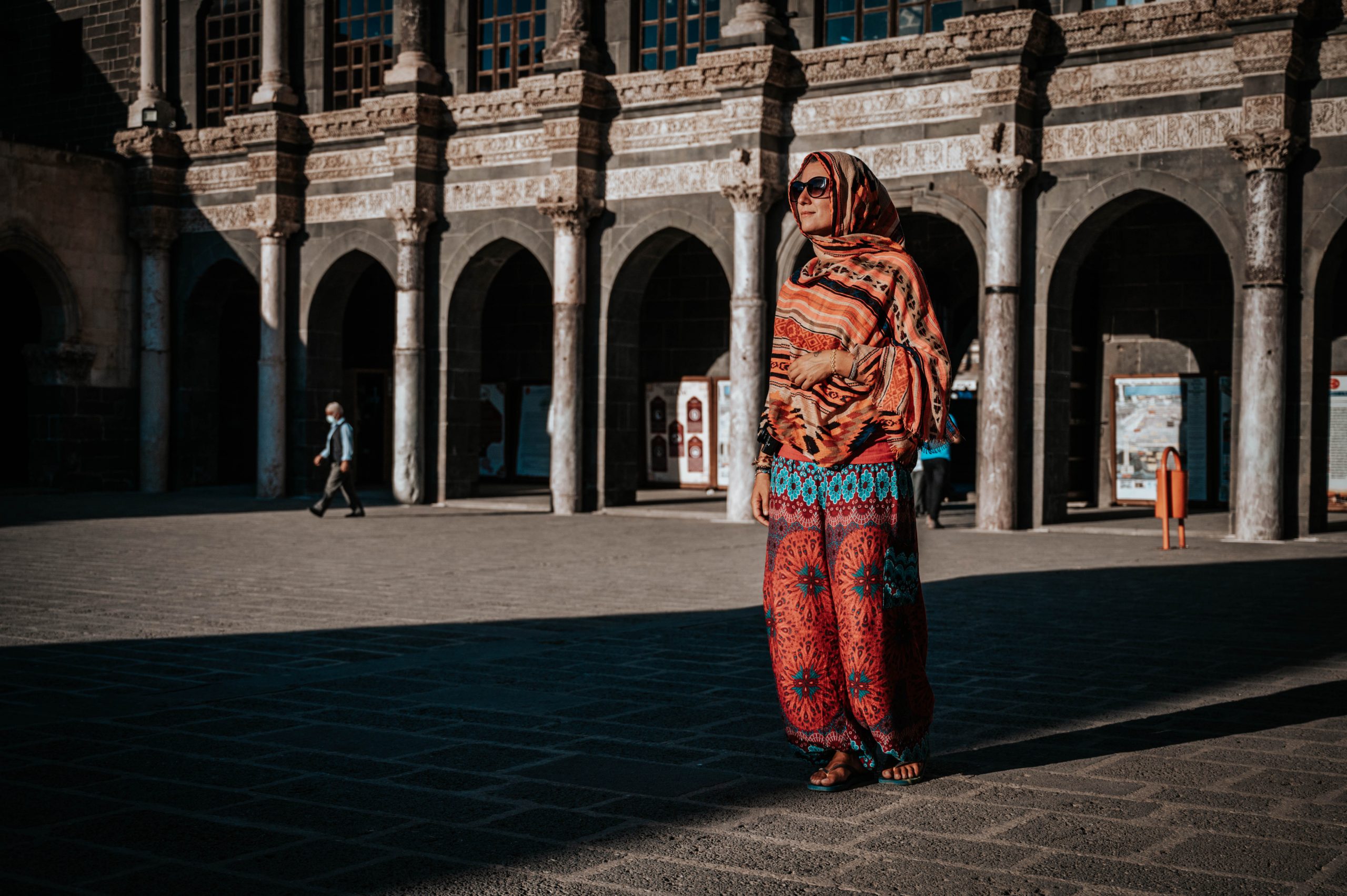After Midyat it was time to move North. Finally we would visit the capital of the Kurdish people in Turkey: Diyarbakir. Yes, the Assyrians and Armenians mostly left this area due to oppression and hate the Kurdish people are still here. Turkey is a wonderful country to travel through and we won’t get into politics too much but one has to admit while travelling in this immens country that the history and even present is a bit violent. There is still no peace, neither is there equality.
While driving to Diyarbakir there are many roadblocks where military is stationed. They check the IDs of people before letting them pass. For us no problem of course because we are tourists.
Diyarbakir
The city was ruled by various Arab, Turkish, Mongol, and Persian dynasties until its capture by the Ottoman sultan in 1516. Capital of a large and important province under the Ottomans, it regained its prosperity. Its location near the Persian frontier also gave it strategic importance, and the town was used as a base for armies facing Persia. The old town is still surrounded by the ancient black basalt walls that gave it the name Kara (Turkish: “Black”) Amid. The triple walls, an outstanding example of Middle Eastern medieval military art, were greatly expanded and restored during the Arab and Turkish periods; they are about 3 miles (5 km) long and have numerous towers. We of course climbed on top of them.
Diyarbakır, also spelled Diyarbekir, historically Amida, city, southeastern Turkey. It lies on the right bank of the Tigris River. The name means “district (diyar) of the Bakr people,” an Arab tribe that conquered the city in the 7th century CE. The modern spelling of –bakır (Turkish: “copper”) is said to refer the region’s abundance of copper.
Just one night we stayed here but oh my do we love this city. It’s bustling with life, on every corner something is happening. The old city is walled and has two main streets. Behind those main streets is a labyrinth of little alleys connected by bazaars and caravanserais.
We visited three caravanserais in the city, all turned into a place to have food, a drink or sleep. I say turned but actually the caravanserais haven’t changed. When merchants came to Diyarbakir many many years ago one would go immediately to a caravanserai. Here the traveller would find food, a bed and sometimes a hamam. He would be able to change his horse for a fresh one, get information about the road ahead and maybe even do a little bit of trading already. I’m intrigued by the caravanserais and it’s fabulous to see that they are still used the same way 800 years later. Maybe Marco Polo once visited this caravanserai.
Love, Milene & Yuri






